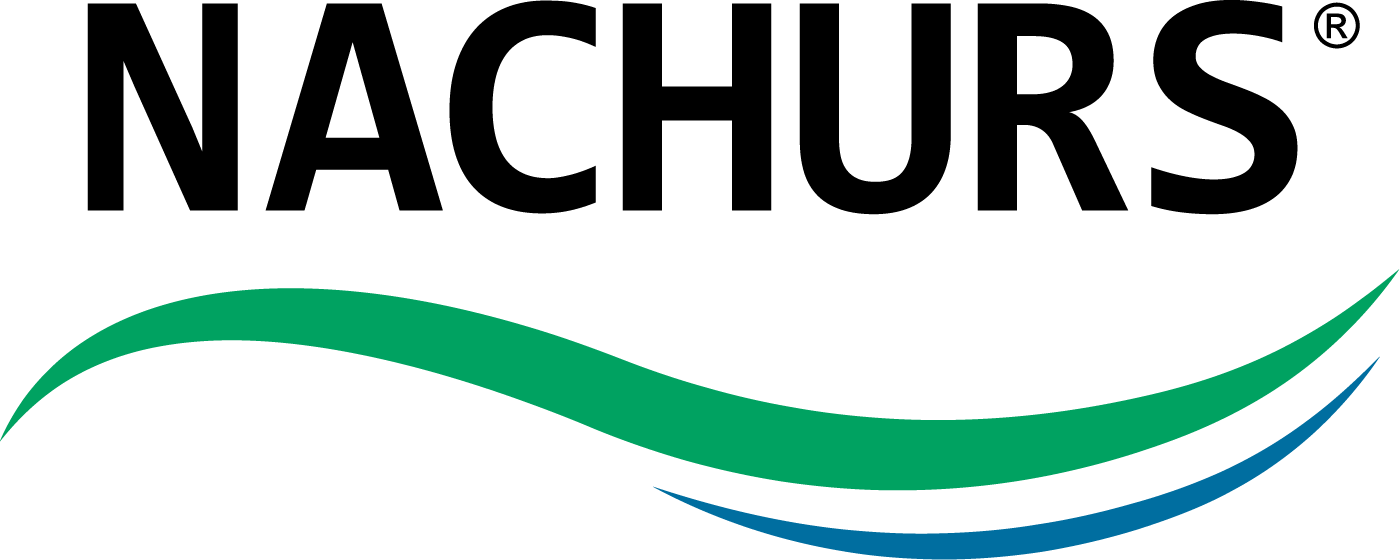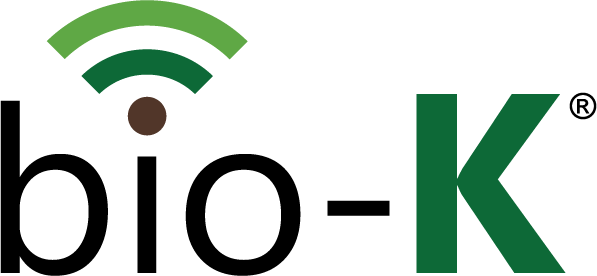Crop fertility management is both a science and an art
Testing agricultural soils will always be one of the most important practices to determine soil fertility recommendations for each year’s new crop. Yield and economic returns can be maximized when soil samples accurately reflect the soil’s nutrient inventory, but using a soil analysis as the sole source of information to determine the nutrient needs of the pending crop is like putting all your eggs into one basket. Reliable soil test information depends on many factors, including: Proper procedures being used by the person pulling the samples Proper soil analysis lab techniques Sound fertility recommendations. These three factors are ripe with opportunity to introduce variation. Even under the best conditions, variability can result from number of cores taken, the depth cores are taken from, time of year, and field moisture conditions. Adding to the dilemma, environmental conditions influence a crops ability for nutrient uptake. Common limitations occur with variations in: Climate Weather Patterns, including excessive and limiting moisture Varying field conditions such as compaction, salinity, or general soil health Irrigation timing and quality External stresses of other kinds The goal is to get the necessary nutrients into the crop. Plant tissue analysis can aid with determination of the effectiveness of each fields’ fertility applications. However, tissue analysis has its own set of limitations: Obtaining a truly representative sample Avoiding sampling of plants injured by insects, diseases, or other stress Presence of soil contamination on the sampled plant material Time of day when sample is taken The take-home message is that crop fertility management is both a science and an art. Remaining economically viable during times with low commodity prices may be dependent on a farmers’ ability to read the data, choose the appropriate fertility response and artfully make applications which give the greatest returns. Especially during leaner years, such as 2016, it is important to provide crop nutrition as efficiently as possible; spoon-feeding highly available nutrients as needed is the most effective way to ensure that applied fertility is actually absorbed by the plant. A solid understanding of nutrient placement, rate, timing, and source may be the difference between profit and loss.-Wayne Becker, Southern US Sales Agronomist
Testing agricultural soils will always be one of the most important practices to determine soil fertility recommendations for each year’s new crop. Yield and economic returns can be maximized when soil samples accurately reflect the soil’s nutrient inventory, but using a soil analysis as the sole source of information to determine the nutrient needs of the pending crop is like putting all your eggs into one basket.
Reliable soil test information depends on many factors, including:
- Proper procedures being used by the person pulling the samples
- Proper soil analysis lab techniques
- Sound fertility recommendations.
These three factors are ripe with opportunity to introduce variation. Even under the best conditions, variability can result from number of cores taken, the depth cores are taken from, time of year, and field moisture conditions.
Adding to the dilemma, environmental conditions influence a crops ability for nutrient uptake. Common limitations occur with variations in:
- Climate
- Weather Patterns, including excessive and limiting moisture
- Varying field conditions such as compaction, salinity, or general soil health
- Irrigation timing and quality
- External stresses of other kinds
The goal is to get the necessary nutrients into the crop. Plant tissue analysis can aid with determination of the effectiveness of each fields’ fertility applications. However, tissue analysis has its own set of limitations:
- Obtaining a truly representative sample
- Avoiding sampling of plants injured by insects, diseases, or other stress
- Presence of soil contamination on the sampled plant material
- Time of day when sample is taken
The take-home message is that crop fertility management is both a science and an art. Remaining economically viable during times with low commodity prices may be dependent on a farmers’ ability to read the data, choose the appropriate fertility response and artfully make applications which give the greatest returns. Especially during leaner years, such as 2016, it is important to provide crop nutrition as efficiently as possible; spoon-feeding highly available nutrients as needed is the most effective way to ensure that applied fertility is actually absorbed by the plant. A solid understanding of nutrient placement, rate, timing, and source may be the difference between profit and loss.
-Wayne Becker, Southern US Sales Agronomist












